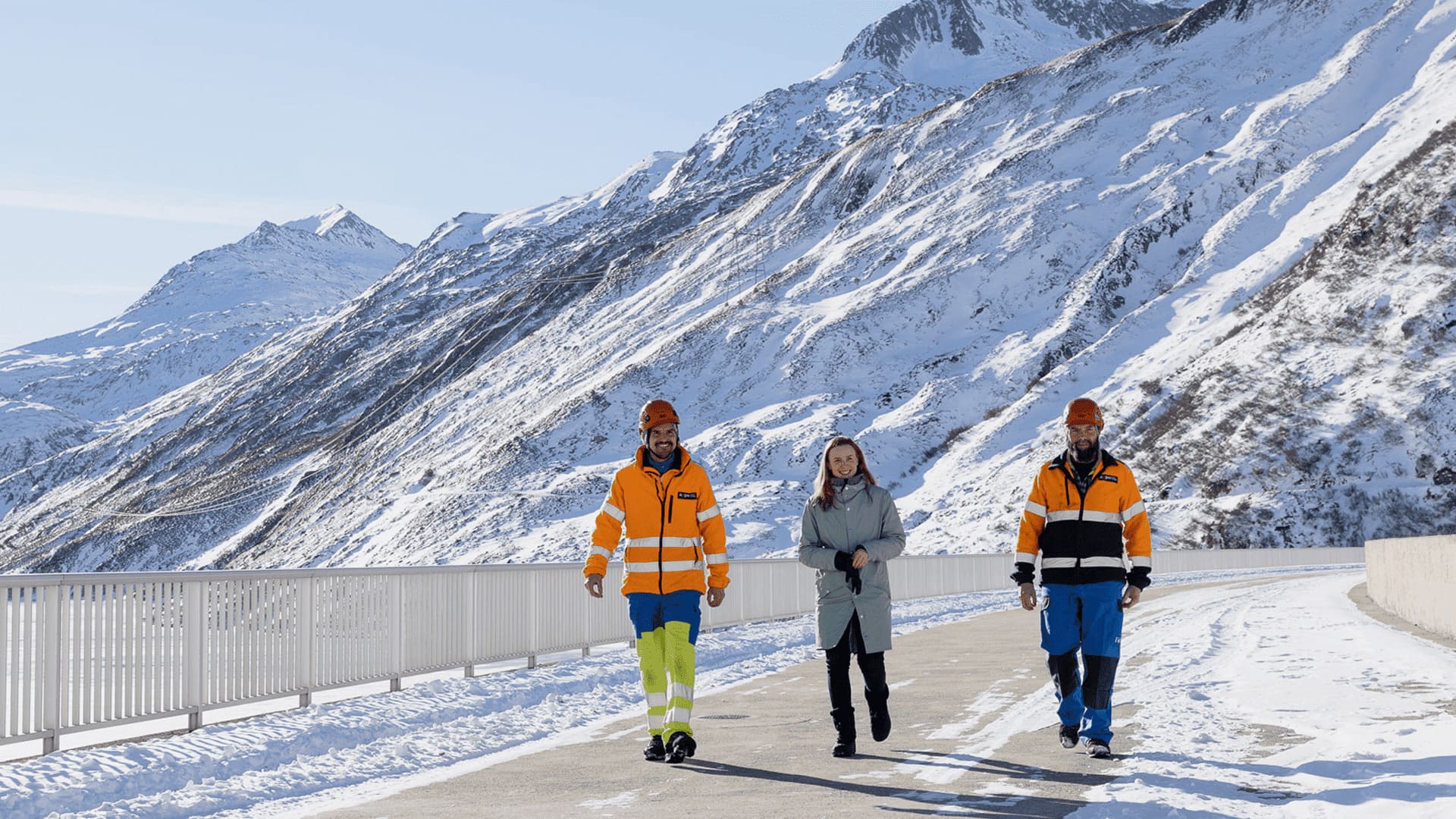28.09.2021 | Guarantees of origin (GOs)
Greater transparency regarding electricity mix disclosure
Providers need to identify the origins of the electricity they supply. As it stands, this can be done using guarantees of origin issued in the same year the electricity was consumed. A motion aims to change this and increase transparency through guarantees issued on a monthly basis.
Swiss electricity providers need to demonstrate to consumers where the supplied electricity comes from. To do this, they use guarantees of origin (GOs), which they either receive for generating power in their own plants or purchase on the exchange. It is necessary to use electricity disclosure certificates like these because once electricity has been fed into the grid, it is no longer possible to track its entire journey.
The basis for these guarantees of origin is an electronic register that records the time and amount of electricity production for each power plant as well as the source of energy used. The operator of a power plant is then issued with certificates for this, which they can use to disclose their own supply to consumers, or else they can trade these freely and pass them on to buyers.
More specific information
One the one hand, the system of guarantees creates transparency and gives consumers information on the sources of the electricity supplied. On the other hand, the certificates allow varying production types to be evaluated differently. This then means that any added environmental value in electricity production, for example from wind power or solar energy, can be verified and passed on to end consumers with an interest in this area. The extra cost that is paid for the electricity supplied can then go towards supporting the expansion and maintenance of renewable energies.
As it stands, electricity consumed can be disclosed using all guarantees of origin issued within the same calendar year. This means that a kilowatt hour consumed one night in January can be assigned a certificate for a kilowatt hour produced by a PV plant in July. The consumer then gets the impression they are being supplied with renewable electricity throughout the year, when in actual fact non-renewable electricity needs to be imported from nearby countries during the winter half year. The motion, filed by member of the Council of States Damian Müller (FDP party) and entitled ‘Greater transparency regarding the origin of electricity’, aims to change this. It calls for a move from electricity disclosure on an annual basis to a more real-time correlation between production and consumption. The Federal Council recommends that Parliament accept the proposal.
Greater transparency – more money for winter power
Axpo supports this request and welcomes a system where guarantees of origin are disclosed monthly. Closer correlation between the time electricity is produced and the time it is consumed, as a basis for electricity disclosure, significantly increases transparency for the consumer. This results in differentiated pricing that not only reflects a flat-rate added environmental value, but also represents the value of different production profiles for supply. Especially in the winter half year, when electricity demand is high and production is limited, guarantees of origin could push prices up. This would also create an additional incentive to invest in plants that produce particularly high levels of electricity from renewable energies in winter. Renewable energies would then be better integrated in the market and could play a larger role in securing future supply. The Swiss Environmental Alliance, which also supports the proposal, likewise points to the higher value of electricity produced in winter.
Critics of the motion fear additional administrative burden could be caused by this change of system. However, monthly guarantees of origin are already being issued. Though a move from annual to monthly electricity disclosure means providers are looking at a one-time adjustment of their internal processes, this is contrasted by increased transparency for consumers and additional incentives for investment in renewable electricity production in the winter half year.




.jpg)





